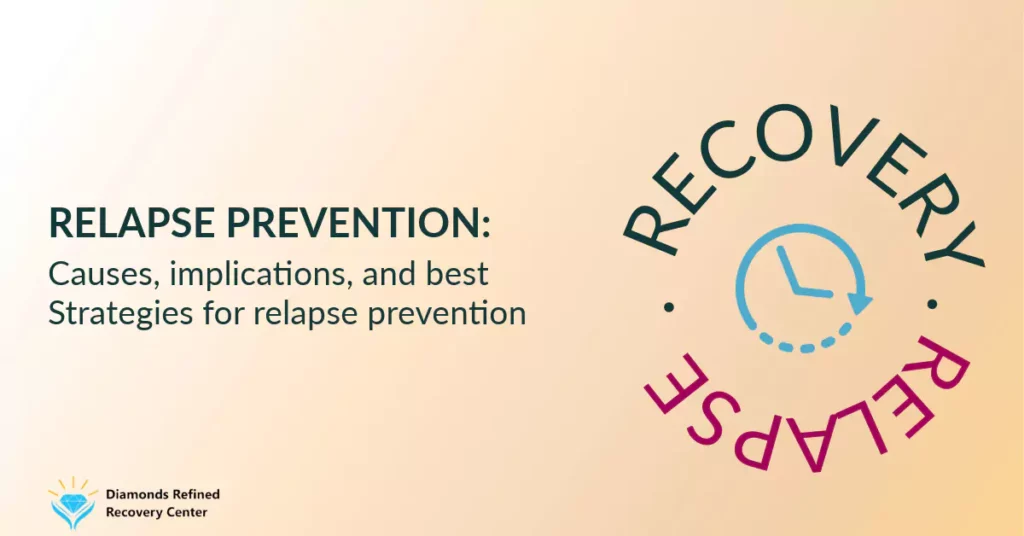Relapse is a term that often comes up in discussions about addiction and recovery, but its implications extend beyond just the realm of substance abuse. It can be a critical point in the recovery process, affecting not only the individual but also their support network. Understanding what happens during relapse, why clients experience it, and how to address it effectively is essential for anyone involved in the recovery journey.
What Happens During Relapse?
Relapse refers to a return to previous behaviors or conditions after a period of improvement. In the context of addiction, it typically means a return to substance use after a period of abstinence. During relapse, several things occur:
1. Psychological Regression
Individuals may experience a reactivation of old thought patterns and behaviors associated with their addiction. This can include cravings, denial, or rationalization of their behavior.
2. Emotional Struggles
Relapse often triggers a range of emotions such as guilt, shame, and frustration. These feelings can further complicate the recovery process and may lead to a negative cycle of self-blame and continued substance use.
3. Physical Effects
Depending on the substance or behavior, the physical consequences of relapse can vary. For substances like alcohol or opioids, there may be immediate physical health impacts, while other forms of relapse might not have as pronounced physical symptoms but still impact overall well-being.
4. Disruption of Recovery Goals
A relapse can disrupt progress toward recovery goals, requiring additional interventions and adjustments to the treatment plan.
Why Do Clients Experience Relapse?
Relapse is a complex phenomenon with multiple contributing factors. Understanding these factors can help in developing effective prevention and intervention strategies:
1. Triggers and Stressors
External triggers such as stressful life events, social pressures, or exposure to environments associated with past substance use can precipitate a relapse. Internal triggers, like unresolved psychological issues or emotional distress, also play a significant role.
2. Lack of Coping Strategies
Individuals might not have developed effective coping mechanisms to handle stress or cravings. Without these skills, they are more vulnerable to relapse.
3. Incomplete Treatment
In some cases, relapse occurs because the treatment program did not fully address all aspects of the addiction or related psychological issues. A lack of aftercare or support can also contribute to relapse.
4. Social and Environmental Influences
Returning to environments or social circles associated with substance use can increase the risk of relapse. Social support and environment are crucial in maintaining recovery.
5. Co-Occurring Disorders
Individuals with co-occurring mental health disorders, such as depression or anxiety, may face additional challenges in maintaining recovery. These conditions can complicate the recovery process and increase the likelihood of relapse.
Strategies to Curb Relapse
Addressing relapse requires a multifaceted approach, focusing on prevention, early intervention, and continuous support. Here are some effective strategies:
1. Develop a Comprehensive Treatment Plan
Ensure that the treatment plan is holistic, addressing both the addiction and any underlying psychological or emotional issues. This should include therapy, medication if necessary, and lifestyle changes.
2. Enhance Coping Skills
Equip individuals with effective coping mechanisms to manage stress, cravings, and other triggers. Cognitive-behavioral therapy (CBT) and mindfulness practices can be particularly beneficial.
3. Strengthen Support Networks
Build a strong support system involving family, friends, and support groups. Regular interaction with supportive individuals can provide encouragement and accountability.
4. Strengthen Support Networks
Continuously monitor the individual’s progress and be willing to adapt the treatment plan as needed. Regular check-ins and adjustments can help address emerging issues before they lead to relapse.
5. Address Co-Occurring Disorders
Integrate treatment for any co-occurring mental health disorders into the recovery plan. Addressing these conditions simultaneously can reduce the risk of relapse.
6. Create a Relapse Prevention Plan
Develop a personalized relapse prevention plan that includes identifying potential triggers, setting up coping strategies, and planning for emergencies. This plan should be revisited and updated regularly.
7. Promote Healthy Lifestyle Choices
Encourage activities and lifestyle changes that support overall well-being, such as regular exercise, a balanced diet, and adequate sleep. These changes can enhance physical and emotional resilience.
Conclusion
Relapse is a challenging aspect of the recovery process, but it’s important to remember that it does not signify failure. Rather, it’s an opportunity to reassess and strengthen the recovery approach. By understanding the mechanisms behind relapse, identifying contributing factors, and implementing effective strategies, individuals and their support systems can navigate this difficult phase and continue making progress towards sustained recovery.




